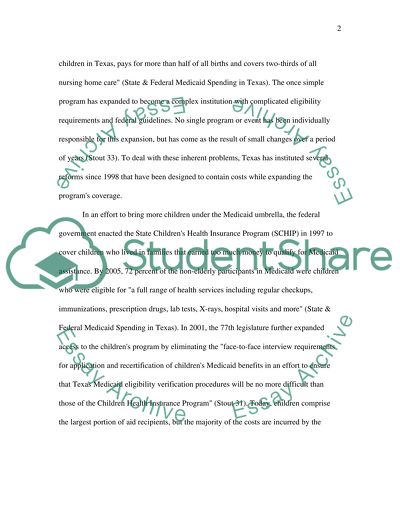Cite this document
(“Medicaid in Texas Essay Example | Topics and Well Written Essays - 1250 words”, n.d.)
Medicaid in Texas Essay Example | Topics and Well Written Essays - 1250 words. Retrieved from https://studentshare.org/miscellaneous/1520909-medicaid-in-texas
Medicaid in Texas Essay Example | Topics and Well Written Essays - 1250 words. Retrieved from https://studentshare.org/miscellaneous/1520909-medicaid-in-texas
(Medicaid in Texas Essay Example | Topics and Well Written Essays - 1250 Words)
Medicaid in Texas Essay Example | Topics and Well Written Essays - 1250 Words. https://studentshare.org/miscellaneous/1520909-medicaid-in-texas.
Medicaid in Texas Essay Example | Topics and Well Written Essays - 1250 Words. https://studentshare.org/miscellaneous/1520909-medicaid-in-texas.
“Medicaid in Texas Essay Example | Topics and Well Written Essays - 1250 Words”, n.d. https://studentshare.org/miscellaneous/1520909-medicaid-in-texas.


